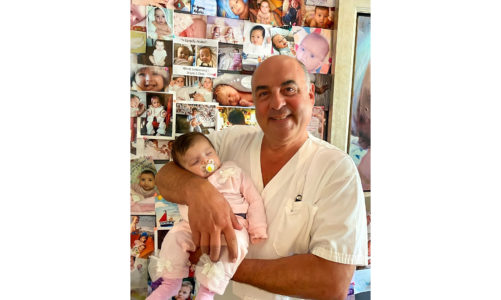
Here are links to the Cost of Dying project, a series by Bay Area News Group science writer Lisa M. Krieger examining end-of-life issues. All of the articles, plus more recent coverage of the topic, can also be found at www.mercurynews.com/tag/cost-of-dying.
Stories
Life-and-death decisions: “My father’s final days in a hospital bed were far from the natural death he desired. His story poses a modern dilemma: Just because it’s possible to prolong a life, should we?”
Nine lessons I learned about ‘a good death’: Lisa Krieger draws on reader response in this follow-up two weeks after the original story.
Planning your death: How others make — and how you should make — the deeply personal and difficult decisions.
One nurse’s end-of-life choice: The clarity of the San Jose woman’s decision also gave her loved ones the ability to celebrate her final days, more than suffer her death.
Palliative care improves lives and eases the cost of dying: Outpatient palliative care does not require giving up the chase for a cure, as hospice does. But neither is it a hospital, where aggressive care at each crisis can cost tens of thousands of dollars.
The simple act of feeding poses painful choices: Decades after the feeding tube achieved widespread use for people with irreversible dementia, some families are beginning to say no to them, as emerging research shows that artificial feeding prolongs, complicates and isolates dying.
At-home caregivers face challenges, sacrifice: Caregiving can be immensely rewarding, driven by love and dedication. It is also exhausting, expensive and poorly supported by a medical system.
Where doctors take a more aggressive approach: How you die — and what it costs — depends largely on where you get care. That’s the revelation of a major national database widely regarded as the best hospital-by-hospital look at the cost of dying.
A better way for final days: “I want to build on our conversation and prescribe a cure — a new way of considering end-of-life medicine. It is not a drug or a device, a test or therapy. It is a different way of organizing our ending so that we live our last days better and pass more gently.”
A shift in how we end our lives: The experience of death is changing in America, gradually shifting from costly, high-tech battles against death in hospitals into hospices that gently accept the inevitable end.
Resources
An explanation of end-of-life directive forms, plus tips on how to fill out the AHCD and POLST.
How to advocate for a patient. The questions you need to ask before making decisions for another.
Online resources about caregivers and long-term care insurance.
Feeding tubes: when they’re useful and when they’re not, and mealtime advice for people with dementia.
Hospice checklist. Four things you need to know, plus a hospice program locator.
𝗖𝗿𝗲𝗱𝗶𝘁𝘀, 𝗖𝗼𝗽𝘆𝗿𝗶𝗴𝗵𝘁 & 𝗖𝗼𝘂𝗿𝘁𝗲𝘀𝘆: www.mercurynews.com
𝗙𝗼𝗿 𝗮𝗻𝘆 𝗰𝗼𝗺𝗽𝗹𝗮𝗶𝗻𝘁𝘀 𝗿𝗲𝗴𝗮𝗿𝗱𝗶𝗻𝗴 𝗗𝗠𝗖𝗔,
𝗣𝗹𝗲𝗮𝘀𝗲 𝘀𝗲𝗻𝗱 𝘂𝘀 𝗮𝗻 𝗲𝗺𝗮𝗶𝗹 𝗮𝘁 dmca@enspirers.com




